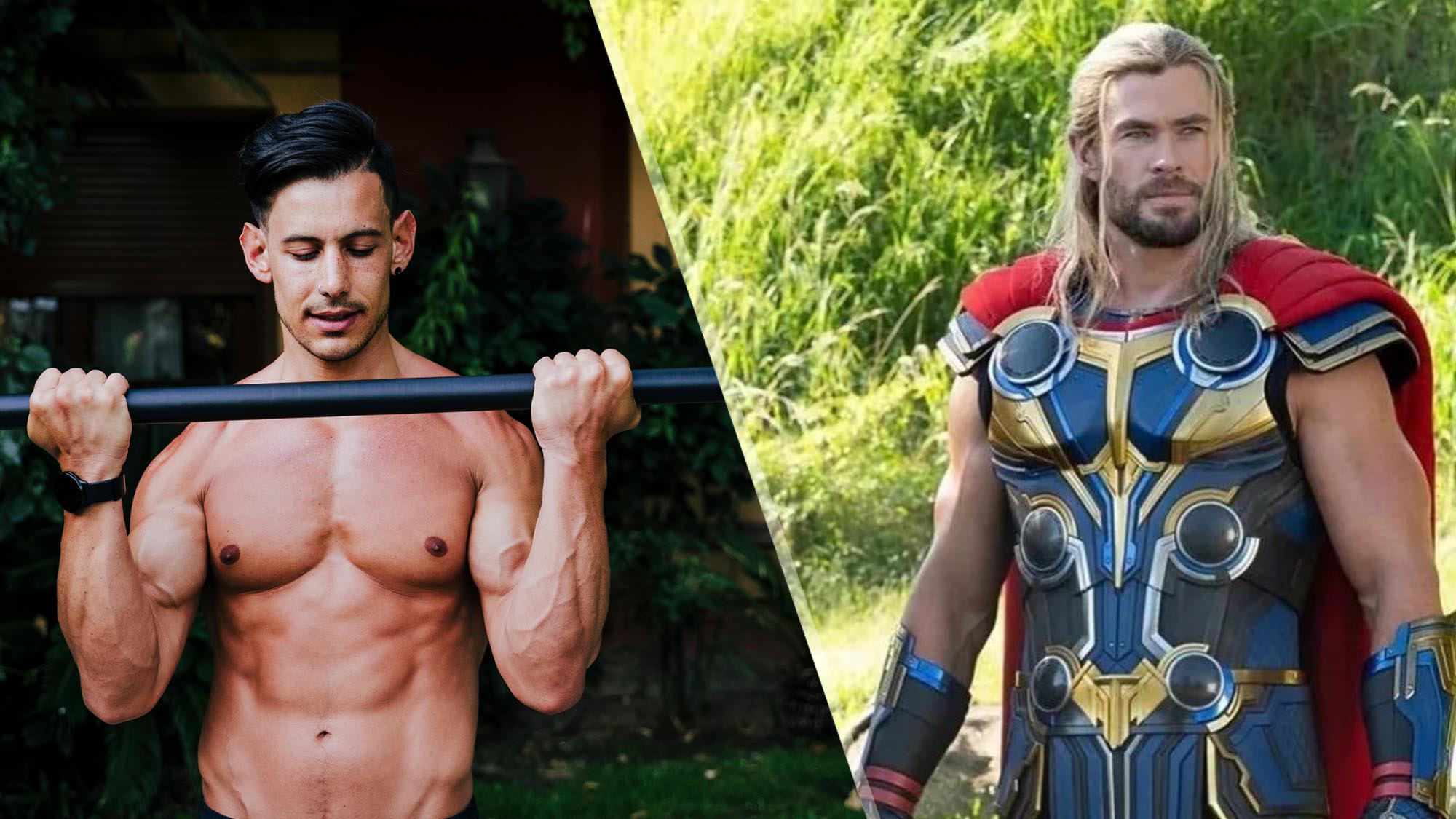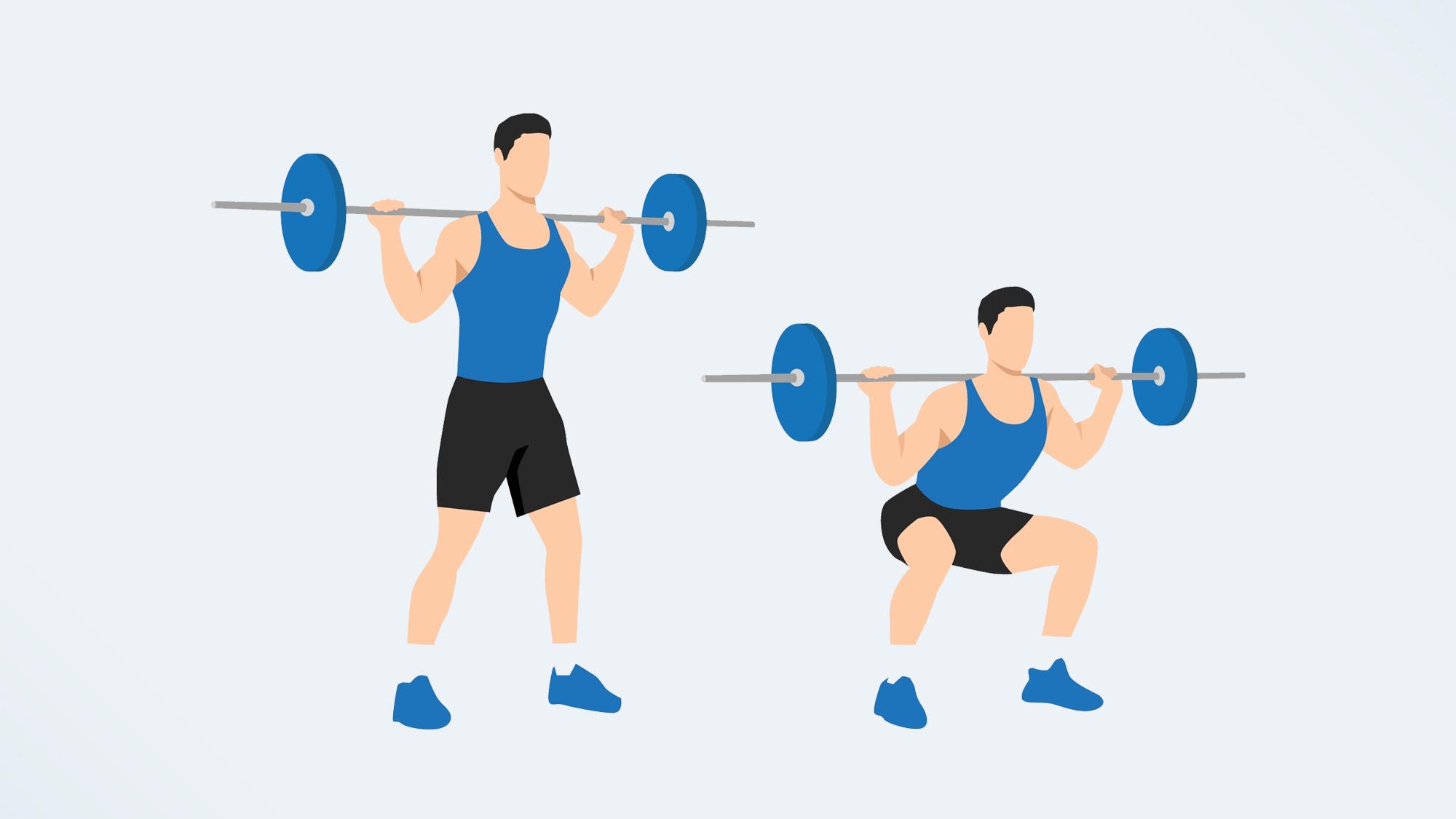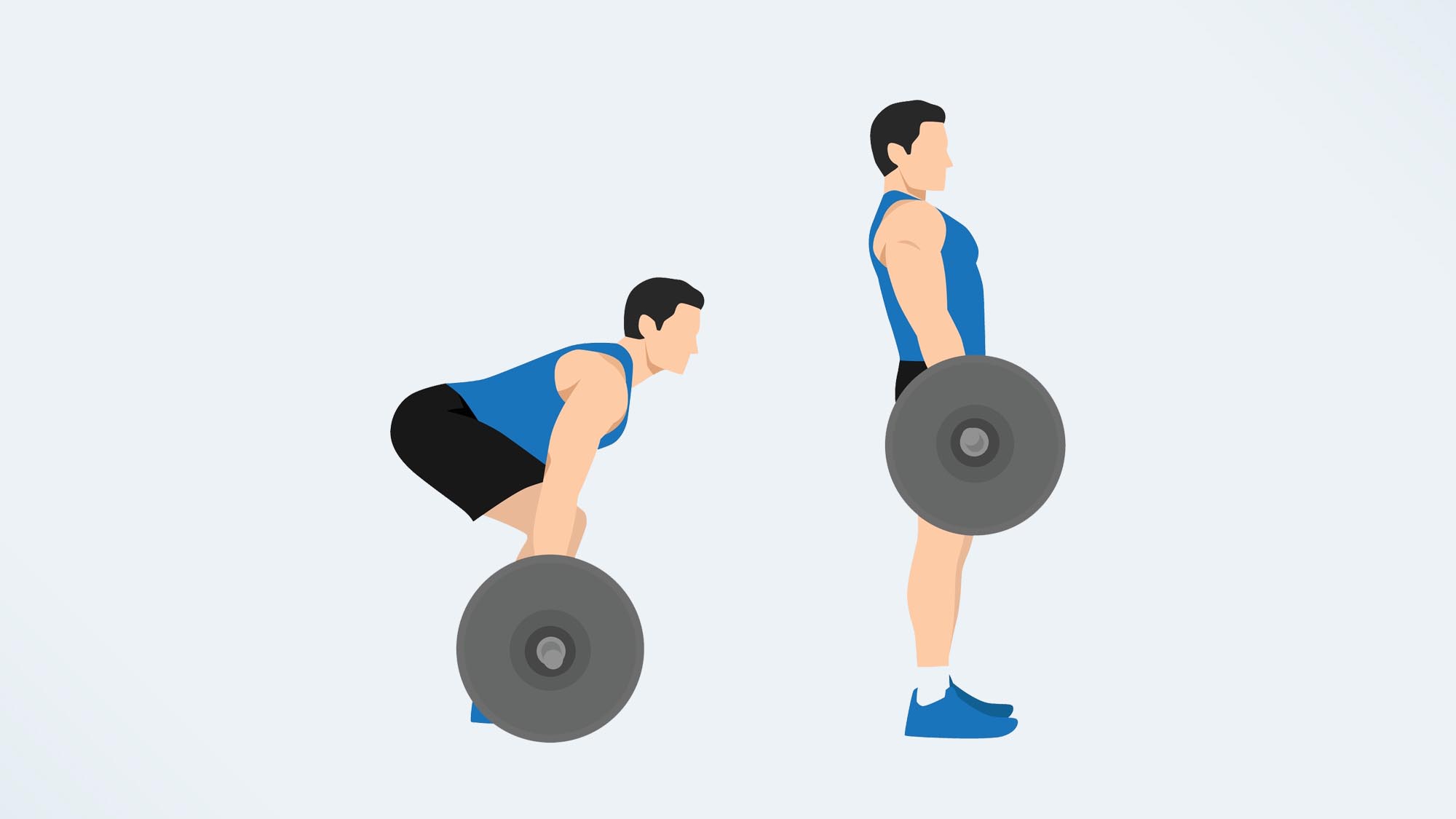This is the exact full-body barbell workout Chris Hemsworth used for Thor: Love and Thunder
Give this one a go next time you’re in the gym

As a fitness editor, there’s nothing I love more than delving into the workout routines of some of Hollywood’s most famous faces, and one man that always tops this most-searched list is Chris Hemsworth.
The Thor actor is in seriously good shape, and we’ve already covered the exact resistance band workout Hemsworth used, in between takes wielding his lightning-infused hammer. Pop your Mjölnir down, and give this barbell workout a go next time you’re in the gym.
The barbell workout includes five different lifts, and can be replicated at home using a set of the best adjustable dumbbells. The workout was used by Hemsworth and his stunt man, Bobby Holland Hanton, who is also a trainer on Hemsworth’s app, Centr — read our Centr review here.
It goes without saying, but when it comes to building a body like Thor, it takes a lot more than spending time in the gym. As well as putting his body through hard workouts, Chris Hemsworth prioritizes good nutrition and a decent amount of rest and recovery to allow his body to recover.
What is Chris Hemsworth’s Thor barbell workout?
Ready to get started? Grab a barbell, or a set of dumbbells and give this one a go. When it comes to selecting the right weight for you and your body, remember that the exercise should feel challenging, but not impossible by the final few reps. At no point should the weight be so heavy that you find yourself compromising your form.
The workout consists of the following five exercises, each of which should be done for eight reps. You can either do the exercise like a traditional resistance style workout, where you complete three sets of each exercise, followed by a short break, before moving on to the next. Alternatively, you can create a circuit, and do eight reps of each exercise, take a short break, then repeat the circuit two more times.
A post shared by Centr (@centrfit)
A photo posted by on
Back squat

The barbell back squat positions the weight across your upper back and targets the posterior chain, including your back, glutes, and hamstrings, along with the muscles worked in a squat — your core muscles, hip flexors, and quads.
Get instant access to breaking news, the hottest reviews, great deals and helpful tips.
Rack your barbell on the squat rack. Step under the bar and grip the barbell slightly wider than your shoulders, the bar resting on your upper traps. Unrack the barbell and take a big step forward, engage your core and send your elbows down. Lock your body tight. Perform a squat, pause for one second at the bottom, then drive upward through your heels to stand.
Deadlift

The barbell deadlift targets your posterior chain, including your spine-supporting muscles — the erector spinae — glutes, hamstrings, and core. It also works your quads and helps develop grip strength. You can learn how to deadlift with proper form here, but remember to squeeze your glutes as you extend your hips and avoid overextending your lower back as you stand. Brace your core and lats, setting your shoulders down your back before you lift.
Bent-over row

The barbell bent-over row works the back muscles and improves posture and core strength. You’ll primarily target the lats, rhomboids, lower back, and rear deltoids (backs of the shoulders) while switching on your hamstrings and hip flexor muscles as you adopt the bent-over stance. A wider grip will send focus to back muscles further from the spine, and a narrower grip will send focus to ones closer.
Keep your chest flat and maintain a neutral spine, rowing towards your belly button rather than your chest. Depending on grip, you could also target your biceps and forearms.
Military press

If you have a rack available then place a barbell about collarbone height for the starting position. If you don’t have a rack available you can lift your barbell from the floor engaging your core and keeping your lower back straight, to bring the barbell up so it’s resting on your upper chest/collarbone area.
Start with a lighter weight on the bar if you are new to the move, as going too heavy can increase your risk of injury. Stand with your feet inside shoulder-width so they are close together. Place your hands so they are facing away from you with your grip shoulder-width apart. Keeping your core engaged and lower back straight, draw your elbows slightly forward (inside shoulder-width) and press straight up over your head.
Exhale as you do this movement and think about squeezing the shoulder blades together at the top of the move. Do not arch your lower back and keep your knees soft rather than locked out. Slowly lower the barbell back down to your upper chest area as you inhale. That is one rep. Here’s more on how to do a military press.
Incline bench press

For the incline bench press, rack your barbell with only a micro bend in your elbows. You don’t want to rack too high, as you’ll have to overreach to unrack and rerack the bar. Too low, and you’ll have to press the bar up before you even start. Lay on your bench, which should be positioned at an incline. with your feet flat on the floor and your back and hips supported.
A small mid-upper arch is good, but your core must be engaged, and try to avoid over-flaring your ribs and arching your lower back. Maintain a neutral spine. Your bar should be at eye level, no further behind than your forehead. If you have a spotter, they should be standing behind you, ready to catch the bar in case the lift fails. Read more on how to do a bench press here.
More from Tom's Guide
- Forget sit-ups — this no-equipment ab workout blasts your deep core
- 6 core moves Chris Hemsworth’s team swears by
- I did 100 heel touches a day for a week — here’s my results

Jane McGuire is Tom's Guide's Fitness editor, which means she looks after everything fitness related - from running gear to yoga mats. An avid runner, Jane has tested and reviewed fitness products for the past five years, so knows what to look for when finding a good running watch or a pair of shorts with pockets big enough for your smartphone. When she's not pounding the pavements, you'll find Jane striding round the Surrey Hills, taking far too many photos of her puppy.
